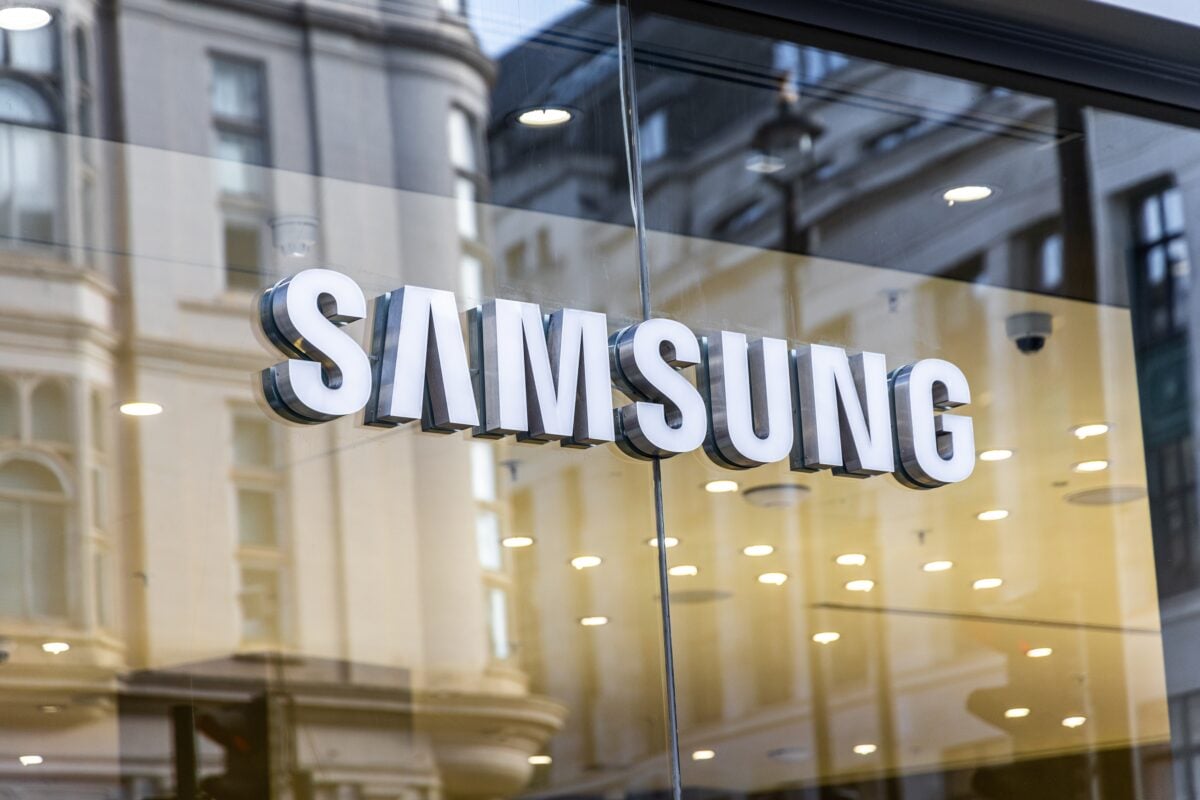TLDRs:
- Samsung restarts construction on Pyeongtaek Line 4 to produce HBM4-compatible DRAM chips.
- SK hynix nears completion of its new M15X plant focused on AI-ready memory production.
- AI demand is reshaping the semiconductor industry, with memory chip markets booming.
- South Korea’s strategic legacy and tech investments are driving its global chip leadership.
South Korea’s top semiconductor manufacturers, Samsung Electronics and SK hynix, are reigniting major infrastructure projects as global demand for AI chips surges.
The renewed construction marks a pivotal moment in the intensifying race for high-bandwidth memory dominance, driven by the explosive growth of generative AI and advanced computing technologies.
Samsung Returns to Pyeongtaek as AI Pressure Mounts
Contents
Samsung Electronics has resumed construction on its long-paused Line 4 at the Pyeongtaek Campus, one of the world’s largest semiconductor manufacturing hubs. The facility, initially delayed in 2023 amid shifting priorities, is now back in focus with a clear goal of producing sixth-generation 1c DRAM chips tailored for next-generation HBM4 applications. Once operational, the new line is expected to churn out 80,000 wafers monthly, accounting for nearly half of the plant’s output capacity.
The move signals Samsung’s effort to close the gap with rival SK hynix, which has taken a commanding lead in the high-bandwidth memory sector, particularly in AI-related segments.
With AI workloads demanding greater memory bandwidth and lower power consumption, Samsung’s pivot toward HBM4 production marks a crucial step in catching up.
SK hynix Expands Capacity to Cement HBM Lead
Meanwhile, SK hynix is finalizing its own expansion with the M15X plant in Cheongju, slated for completion later this year. The facility will manufacture fifth-generation DRAM chips using a 10-nanometer-class process, specifically designed for HBM4 applications. The plant is expected to enhance the company’s already dominant position in the AI memory space.
Having surpassed Samsung in global DRAM market share earlier this year, SK hynix now controls nearly 70% of the HBM market. Its early investment in high-layered HBM technology allowed it to win major supply deals with AI chipmakers like Nvidia, positioning the company as a preferred partner in the AI acceleration space.
AI Reshaping the Global Semiconductor Landscape
The resurgence of construction activity at both firms underscores a broader transformation within the semiconductor industry. Fueled by generative AI, cloud computing, and autonomous systems, demand for advanced memory has skyrocketed.
Analysts project the total semiconductor market will surpass $690 billion in 2025, with AI-specific chips generating more than $150 billion in revenue. High-bandwidth memory alone is expected to reach $21 billion, marking a staggering 70% year-over-year growth.
South Korea’s aggressive push to scale up its manufacturing capacity reflects not only market dynamics but also decades of government-backed industrial policy. Strategic decisions dating back to the late 1960s laid the foundation for today’s dominance, enabling local firms to quickly respond to global shifts in technology.
National Strategy Meets Global Opportunity
The latest expansions are more than just competitive reactions. They represent a continuation of South Korea’s long-term plan to secure technological leadership in strategic sectors. For Samsung, reentering the HBM race is as much about regaining lost ground as it is about future-proofing its chip business. For SK hynix, it’s about consolidating gains and defending its lead amid growing international interest in memory innovation.
As geopolitical concerns further elevate semiconductors to national security assets, the ability to control cutting-edge production becomes a matter of strategic resilience. With Samsung and SK hynix doubling down on infrastructure and technology, South Korea is positioning itself not only as a market leader but as a gatekeeper of the next generation of AI hardware.


